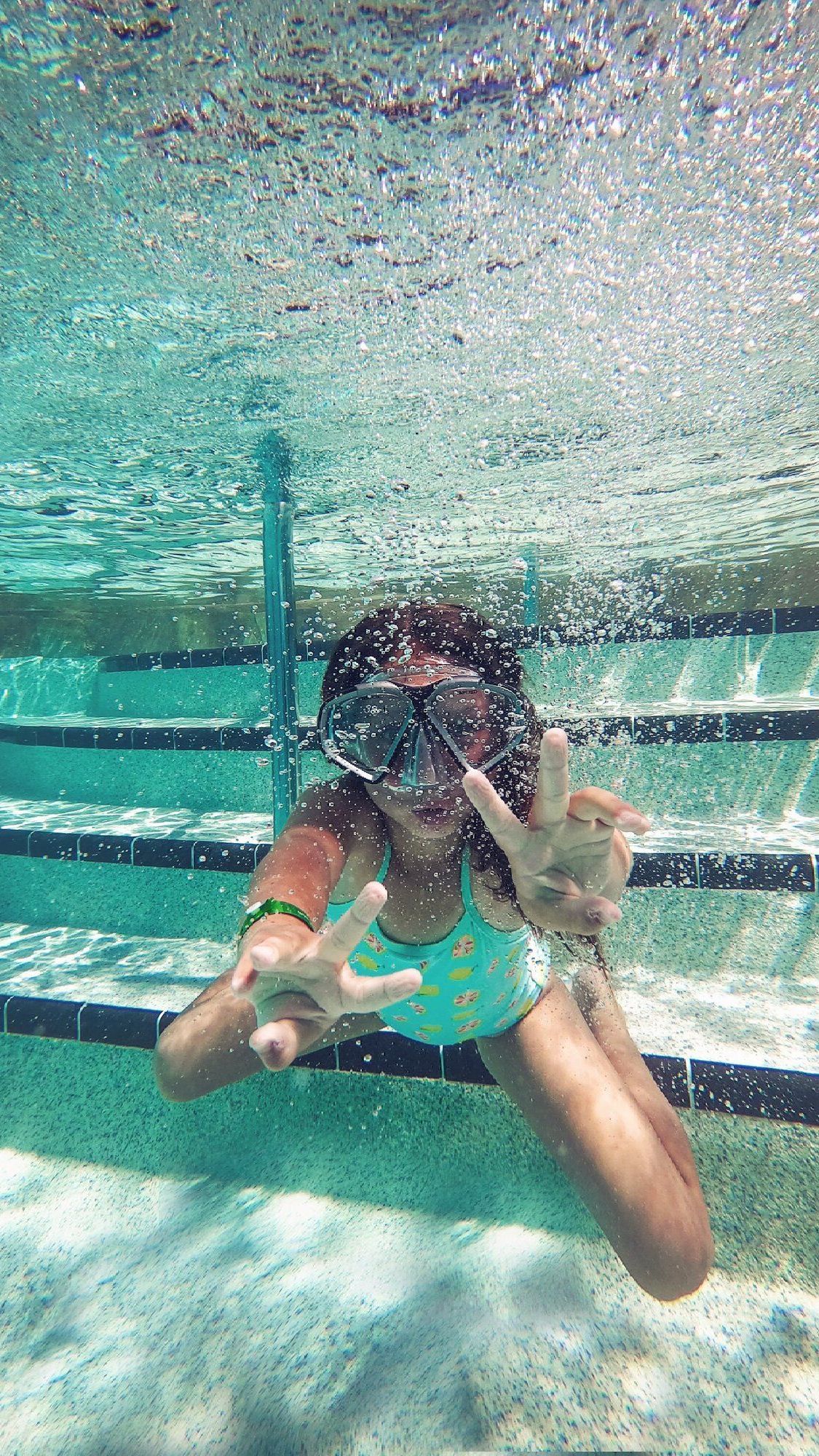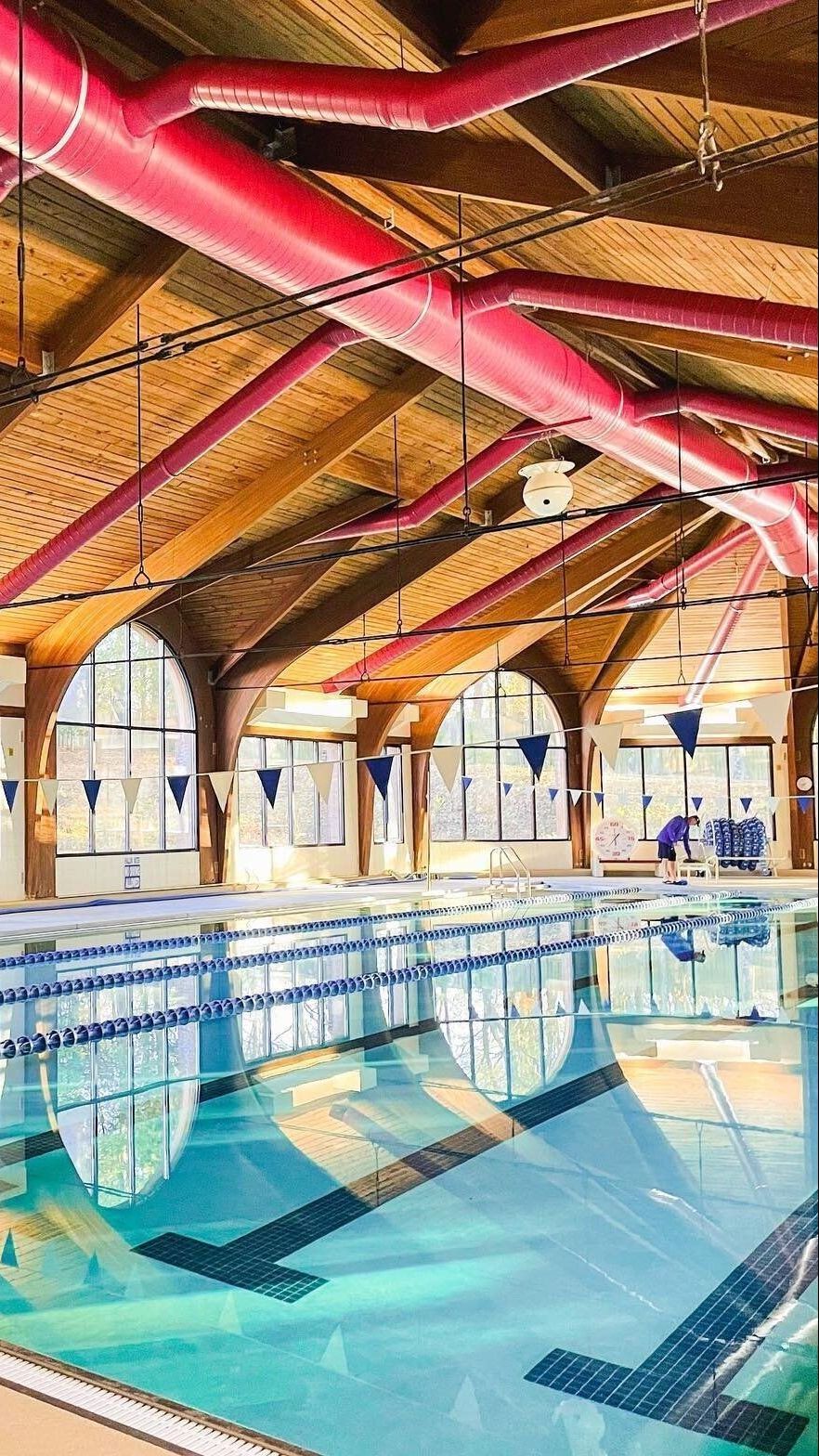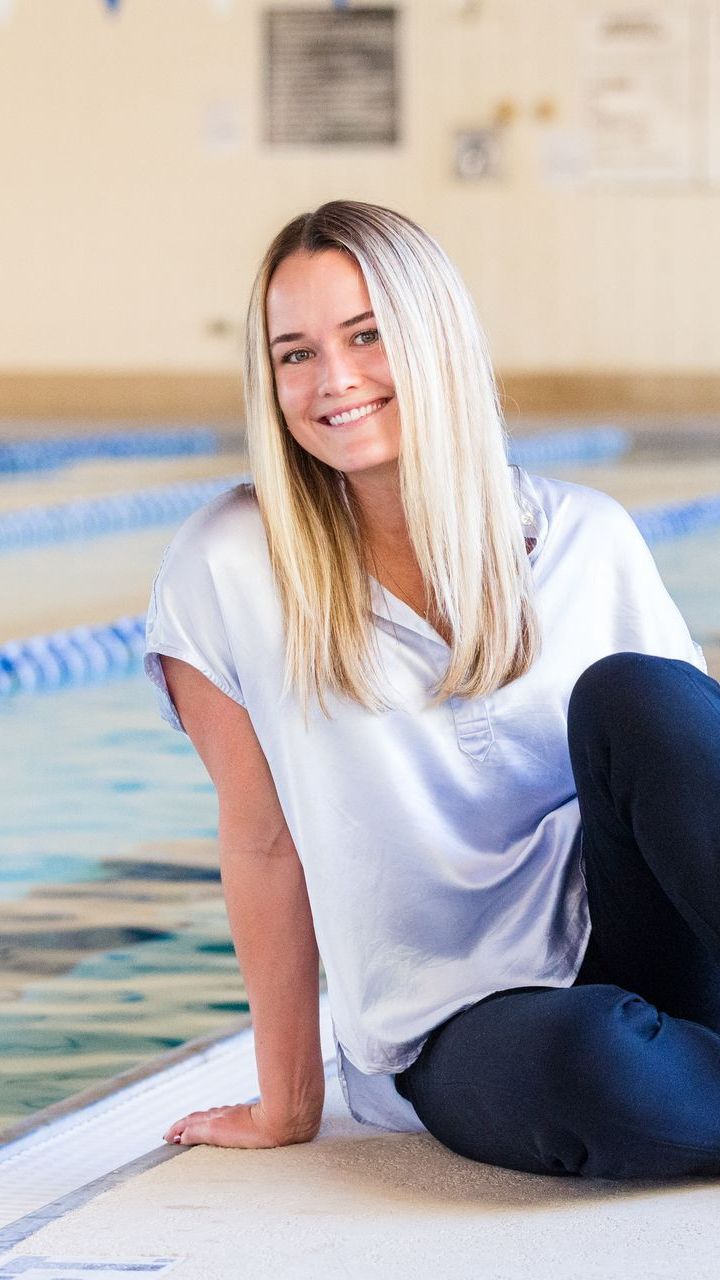The Truth About Drowning
What are some common misconceptions?
Drowning incidents only happen to people who can’t swim. FALSE.
Drowning can happen to anyone. Both children and adults who are incredibly proficient swimmers can still find themselves in potentially dangerous situations, especially when in open bodies of water. That is why it is critical to always have safety measures put in place. Drowning is the 3rd leading cause of unintentional injury death worldwide, as identified by The World Health Organization.
Drowning is loud and easily noticeable. FALSE.
Drowning is fast and silent, and can often go completely unnoticed. That is why it is important to know the signs and to help ensure preventative measures are put in place. People drowning will almost always be in a vertical body position. Their head is submerged just under the surface, with their face tilted up. Their arms will either be out to their sides or in front of them, trying to desperately get their head above the surface for air. This is known as active drowning.
Drowning only happens in deep water. FALSE.
Drowning can take place in as little as one inch of water. Passive drowning occurs when a person is fully submerged, or even just face down in the water, with little to no movement from their arms or legs. This is most commonly observed in infants whose heads are too large to lift up on their own when accidentally face down in water. However, this can also occur to older children and even adults, especially in the case of a medical episode like a heart attack.
To learn more about different misconceptions about drowning, check out “Myths About Drowning and Water Safety” by Stop Drowning Now.
What can be done to prevent drownings?
There are several different measures that can be taken to help prevent drownings. It is the utilization of all preventative measures that helps decrease the risk of drowning the most.
Swim Lessons
The most important measure to take is ensuring yourself, and any children you have, are equipped with life saving skills in case of emergency. Swim lessons are a great way to learn self-rescuing skills such as how to float, tread water, and swim to safety. Here at Swim Lessons With Mary, we start teaching students as young as 6 months old, and believe it is incredibly important to start learning these vital skills as early as possible. To learn more about the various benefits of starting swim lessons with your baby, check out our blog post, “Dive In Early: The Benefits of Starting Swimming Lessons for Babies and the Best Age to Start.”
Active Supervision
No one should ever swim alone! Always have a designated water watcher, no matter the age of the swimmer. Accidents can happen to anyone, at any age, so having a designated person to watch for your safety can mean the difference between life and death. For young or inexperienced swimmers, make sure there is always an adult in the water nearby at all times.
Barriers & Alarms
Always ensure all pools and water areas are properly secured with self-closing, self-latching fences. Add on alarms for extra security that can alert you to barriers like fences and doors being opened, creating a faster reaction time.
Emergency Preparation
Take action in learning CPR and how to do proper rescue breaths. It is always better to learn a life saving skill and never need to use it than to not know it when you really need it. Make sure you and others you are swimming with have a rescue plan in place. Educate yourself and others on different types of water dangers such as Rip Currents and know how to handle different types of water emergencies.
Life Jackets
US Coast Guard Approved Lifejackets are great for all ages and swimming abilities. No matter your age or skill level, the use of life jackets, especially in open water, is an amazing safety measure. Not all flotation devices are made equally, and some devices do more harm than good. Learn more about why you should avoid flotation devices, such as puddle jumpers, in our blog post “Throw Away Your Puddle Jumpers.”
What is the takeaway?
We all have the responsibility to help prevent drownings. It is important to make sure we all are prepared to play our part in helping to prevent drowning accidents. By educating ourselves on what drowning actually looks like and utilizing preventive measures, you are doing your part to lower the risk of drowning and helping to change the worldwide statistics!












































































































